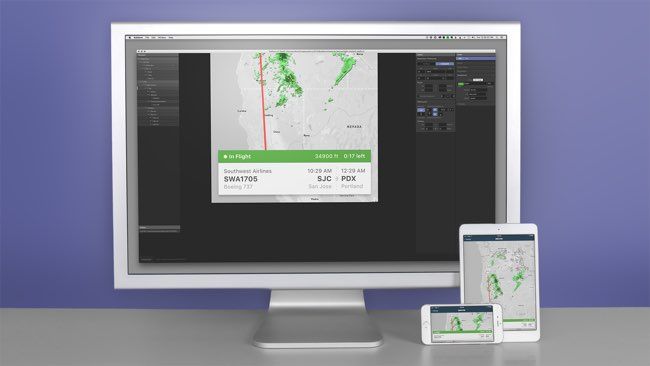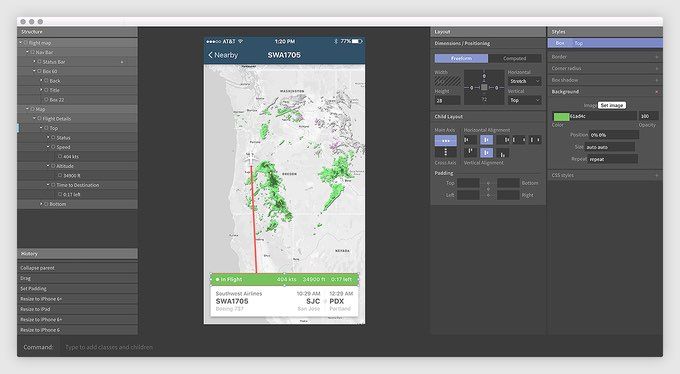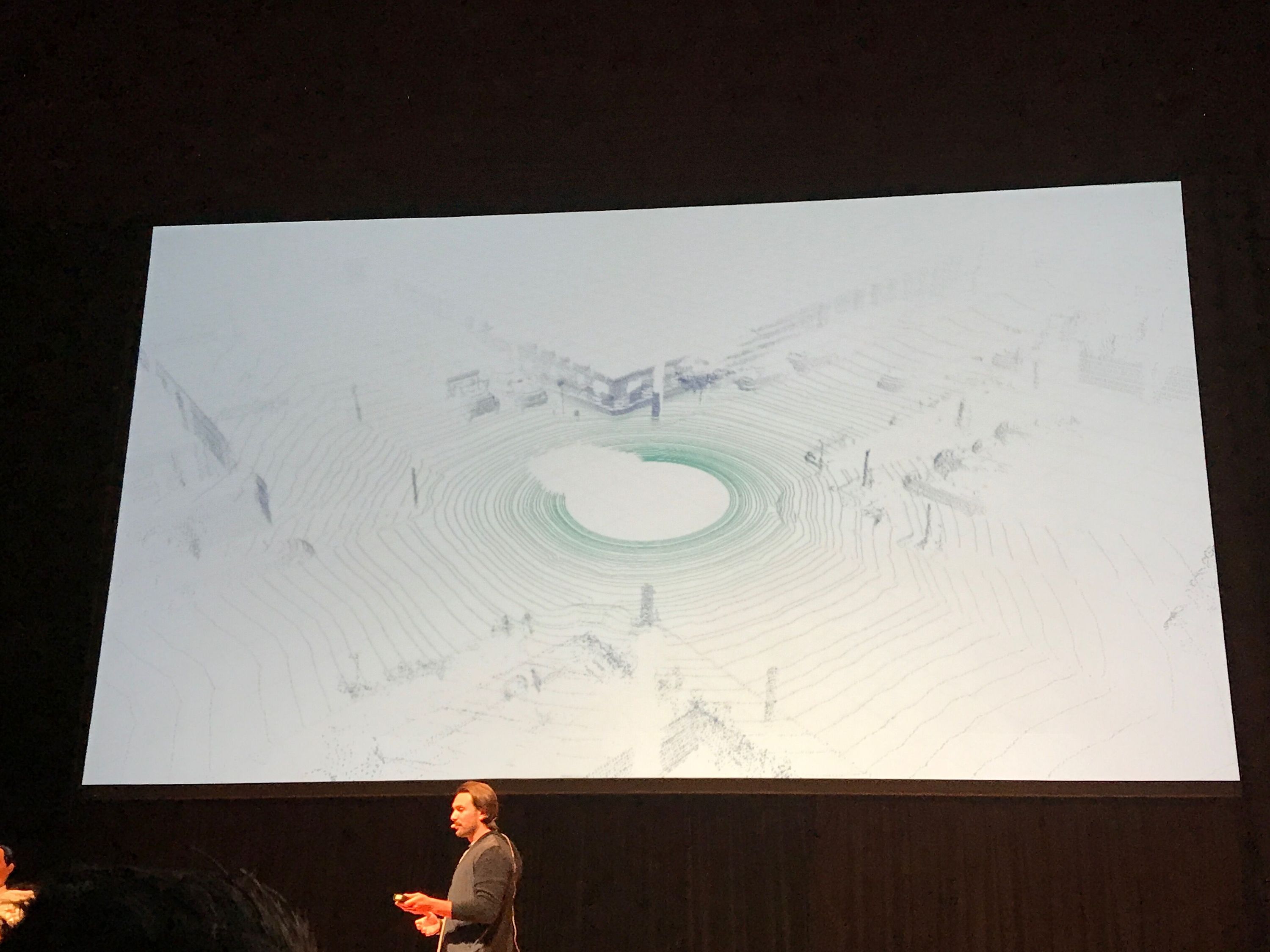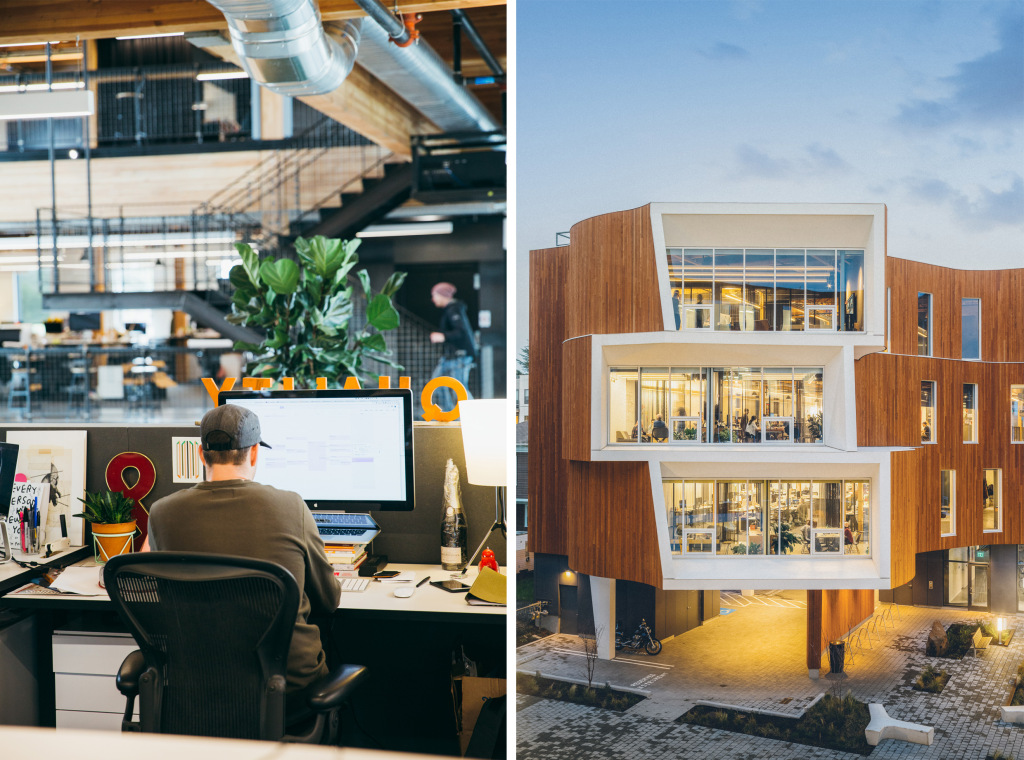Roguelikes and the UX design process
I’ve been into video games for as long as I can remember but it wasn’t until my mid-twenties that I discovered an entirely new genre called roguelikes. The name comes from the original dungeon crawler Rogue released in 1980.

Two of the major defining characteristics of this genre are permanent death and randomly generated levels. As you can guess the games are usually very difficult and frustrating, especially since there is no saving or reloading. Ever. Once you die, you lose all of your past progress and start again from scratch.
Over the years many games tried to replicate the formula that made Rogue great. The rise of roguelikes eventually led a group of passionate people to create a scoring system to determine how “roguelike” any given game is. This interpretation of the genre became known as the Berlin Interpretation which highlights 9 “high value factors” of a true roguelike game:
- Random environment generation: the world is randomly generated so that every playthrough is different.
- Permadeath: when your character dies you lose all progress and have to restart a new game.
- Turn-based: each command corresponds to a single action without having to worry about time.
- Grid-based: the world is represented on a grid so that monsters and players take up the same amount of space.
- Non-modal: every action should be available at any point of the game.
- Complexity: the game is complex enough to allow several solutions to common goals.
- Resource management: you have to carefully manage your limited resources like keeping track of health or thirst.
- Hack’n’slash: the player should be able to fight and destroy most things in the game.
- Exploration and discovery: the game requires exploration of the dungeon levels and the discovery of unidentified items for every new playthrough.
Why does any of this matter? Well I just picked up my latest roguelike: Hades by Supergiant Games and it got me thinking.
Even though I’ve played many roguelikes before, it’s only during a session of Hades that something occurred to me–advancing in a roguelike game is very similar to the UX design process.
Discovery
Roguelike
Procedurally generated levels ensure the obstacles and the path to completion remains unknown. Rooms and game elements remain the same but the way they’re laid out differs from one “run” to the next.
Design
At the start of any project the design solution usually isn’t known. Sometimes even the problem isn’t clearly defined either. The designer has to embark on quest to find the truth while dealing with ambiguity along the way. The deeper they get into the research, the more findings they uncover. Their ideas generate new ones as they move from one concept (“room”) to the next. Since the design process is inherently messy and far from linear, there’s no telling where they might end up with a solution.
Failing forward
Roguelike
The beauty of roguelikes is that they’re unforgiving. One tiny mistake and your hero dies a horrible death while you watch in disbelief. A death is never in vain, however, because with each failure comes a valuable lesson. Maybe you encountered a new monster or trap that you haven’t seen before which led to your sudden demise. Whatever the case may be, you will have learned something. About the environment, the enemies or maybe your character’s abilities. Those insights will allow you to make it further during your next attempt, with each run becoming a lesson in itself.
Design
Fortunately when a designer’s ideas don’t pan out straight away they don’t die. That would be quite cruel, wouldn’t it? They might, however, have to “kill” their ideas early and often without ever getting too attached to a single one too soon. A lot of times they’re encouraged to fail fast in order to focus on the next idea with possibly more potential.
As with every death in a roguelike game, every failed concept in design leads to valuable learnings and ultimately a better solution. It’s important to take time to reflect: “Why did this idea not work? What can they learn from the current prototype? How could it be better?”
Power-ups and retention
Roguelike
Modern games of the genre implemented achievements and unlockable items that carry over from one run to another. This means that even though a run might fail as it’s often the case, the player still retains a sense of progression through items or power-ups that will help them in future playthroughs. They might start with more life or better weapons for example.
Design
With each customer or stakeholder interview, each prototype and each usability testing session the designer will inevitably learn more about the problem at hand. These insights don’t vanish–they remain with them and inform their decisions for the next steps. These valuable bits of information are their little power-ups for the next phase testing. They’ll pave the way for a more “powerful” prototype that will be able solve more problems than the previous one.
Final thoughts
I’ve found that once you start accepting that failure is inherently part of the learning process you’re much further along than other designers.





